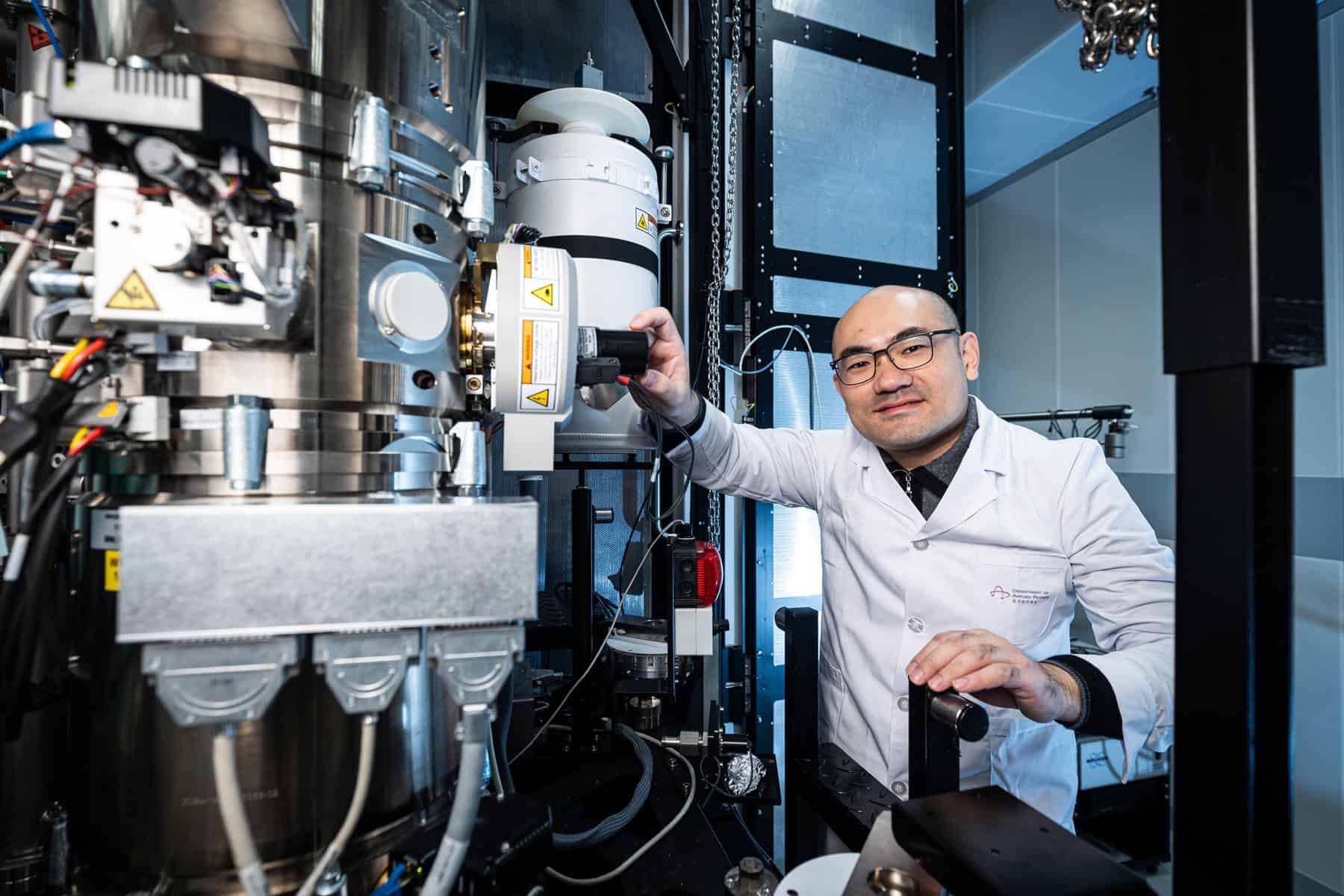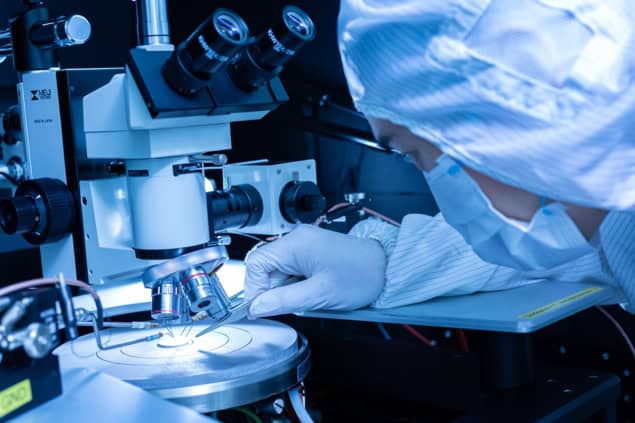I hugely enjoyed physics when I was a youngster. I had the opportunity both at home and school to create my own projects, which saw me make electronic circuits, crazy flying models like delta-wings and autogiros, and even a gas chromatograph with a home-made chart recorder. Eventually, this experience made me good enough to repair TV sets, and work in an R&D lab in the holidays devising new electronic flow controls.
That enjoyment continued beyond school. I ended up doing a physics degree at the University of Oxford before working on the discovery of the gluon at the DESY lab in Hamburg for my PhD. Since then I have used physics in industry – first with British Oxygen/Linde and later with Air Products & Chemicals – to solve all sorts of different problems, build innovative devices and file patents.
While some students have a similarly positive school experience and subsequent career path, not enough do. Quite simply, physics at school is the key to so many important, useful developments, both within and beyond physics. But we have a physics education problem, or to put it another way – a “future of physics” problem.
There are just not enough school students enjoying and learning physics. On top of that there are not enough teachers enjoying physics and not enough students doing practical physics. The education problem is bad for physics and for many other subjects that draw on physics. Alas, it’s not a new problem but one that has been developing for years.
Problem solving
Many good points about the future of physics learning were made by the Institute of Physics in its 2024 report Fundamentals of 11 to 19 Physics. The report called for more physics lessons to have a practical element and encouraged more 16-year-old students in England, Wales and Northern Ireland to take AS-level physics at 17 so that they carry their GCSE learning at least one step further.
Doing so would furnish students who are aiming to study another science or a technical subject with the necessary skills and give them the option to take physics A-level. Another recommendation is to link physics more closely to T-levels – two-year vocational courses in England for 16–19 year olds that are equivalent to A-levels – so that students following that path get a background in key aspects of physics, for example in engineering, construction, design and health.
But do all these suggestions solve the problem? I don’t think they are enough and we need to go further. The key change to fix the problem, I believe, is to have student groups invent, build and test their own projects. Ideally this should happen before GCSE level so that students have the enthusiasm and background knowledge to carry them happily forward into A-level physics. They will benefit from “pull learning” – pulling in knowledge and active learning that they will remember for life. And they will acquire wider life skills too.
Developing skillsets
During my time in industry, I did outreach work with schools every few weeks and gave talks with demonstrations at the Royal Institution and the Franklin Institute. For many years I also ran a Saturday Science club in Guildford, Surrey, for pupils aged 8–15.
Based on this, I wrote four Saturday Science books about the many playful and original demonstrations and projects that came out of it. Then at the University of Surrey, as a visiting professor, I had small teams of final-year students who devised extraordinary engineering – designing superguns for space launches, 3D printers for full-size buildings and volcanic power plants inter alia. A bonus was that other staff working with the students got more adventurous too.
But that was working with students already committed to a scientific path. So lately I’ve been working with teachers to get students to devise and build their own innovative projects. We’ve had 14–15-year-old state-school students in groups of three or four, brainstorming projects, sketching possible designs, and gathering background information. We help them and get A-level students to help too (who gain teaching experience in the process). Students not only learn physics better but also pick up important life skills like brainstorming, team-working, practical work, analysis and presentations.
We’ve seen lots of ingenuity and some great projects such as an ultrasonic scanner to sense wetness of cloth; a system to teach guitar by lighting up LEDs along the guitar neck; and measuring breathing using light passing through a band of Lycra around the patient below the ribs. We’ve seen the value of failure, both mistakes and genuine technical problems.
Best of all, we’ve also noticed what might be dubbed the “combination bonus” – students having to think about how they combine their knowledge of one area of physics with another. A project involving a sensor, for example, will often involve electronics as well the physics of the sensor and so student knowledge of both areas is enhanced.
Some teachers may question how you mark such projects. The answer is don’t mark them! Project work and especially group work is difficult to mark fairly and accurately, and the enthusiasm and increased learning by students working on innovative projects will feed through into standard school exam results.
Not trying to grade such projects will mean more students go on to study physics further, potentially to do a physics-related extended project qualification – equivalent to half an A-level where students research a topic to university level – and do it well. Long term, more students will take physics with them into the world of work, from physics to engineering or medicine, from research to design or teaching.
Such projects are often fun for students and teachers. Teachers are often intrigued and amazed by students’ ideas and ingenuity. So, let’s choose to do student-invented project work at school and let’s finally solve the future of physics problem.
The post How to solve the ‘future of physics’ problem appeared first on Physics World.


